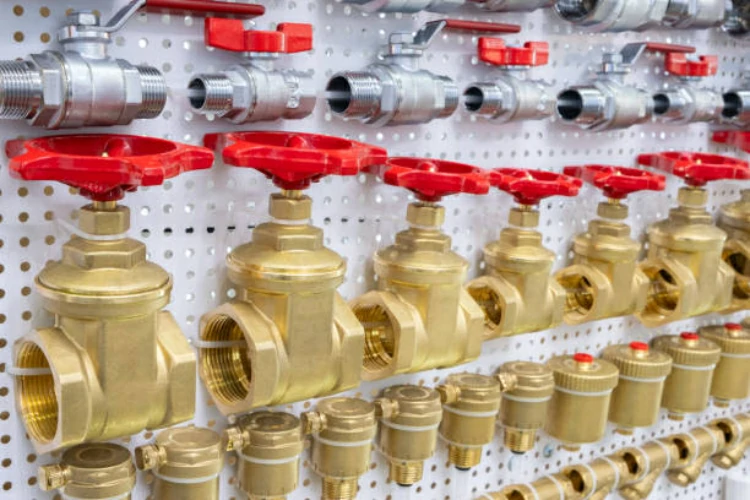Introduction
Brass ball valves are essential components in plumbing and industrial systems, offering reliable flow control and shut-off functions. Understanding their basic construction and working principle is crucial for effectively utilizing them in various applications.
Construction of Brass Ball Valves
Ball Valve Body and Material
Brass ball valves consist of a hollow body, typically made of brass, which houses the valve components. Brass is preferred for its corrosion resistance and durability, making it suitable for diverse operating environments.
Ball and Stem Assembly
At the heart of a brass ball valve is the spherical ball, usually made of brass or stainless steel. The ball features a cylindrical bore through its center, allowing fluid to pass when aligned with the valve ports. Connected to the ball is the valve stem, which controls the position of the ball within the valve body.
Valve Seats and Seals
Brass ball valves incorporate elastomeric seats and seals, commonly made of materials like PTFE (polytetrafluoroethylene) or EPDM (ethylene propylene diene monomer). These seals provide a tight closure when the valve is in the closed position, preventing leakage and ensuring reliable performance.
Working Principle of Brass Ball Valves
Open Position
In the open position, the valve stem is rotated, aligning the bore of the ball with the inlet and outlet ports of the valve body. This creates an unobstructed flow path for the fluid to pass through the valve, allowing unrestricted movement.
Closed Position
When the valve is in the closed position, it rotates the ball perpendicular to the flow direction, thereby blocking the flow of fluid through the valve ports. The elastomeric seals on the valve seats tightly seal around the ball, preventing any leakage or seepage.
Partial Flow Control
Brass ball valves also offer the flexibility of partial flow control, allowing users to regulate the flow rate by adjusting the position of the valve stem. By partially opening or closing the valve, users can fine-tune the flow of fluid to meet specific system requirements.
Conclusion
Brass ball valves play a crucial role in controlling the flow of fluids in plumbing, HVAC, and industrial systems. Their robust construction and straightforward working principle make them versatile and reliable components for various applications. By understanding the basic construction and working principles of brass ball valves, users can effectively utilize them to achieve optimal performance and efficiency in their systems.
Contact
IFAN is a professional manufacturer with 30 years of experience, dedicated to producing high-quality plastic pipes, fittings, and valves. Our products include brass valves, PPR valves, as well as various pipes and fittings to meet different customer needs. Whether you need plumbing and drainage pipes or valve products, IFAN can provide a diverse range of high-quality, cost-effective products to support your projects. Below is our contact information.
We will reply your email or fax within 24 hours.
You can call us at any time if there is any question on our production.
For more information,pls visit our webside https://www.ifanplus.com/
Pls Mailto: [email protected]






